Conveyors are at the heart of an array of exciting changes in material handling — from the vast installations of automated warehousing to humbler stations only recently automated. Each conveyor installation has unique design requirements: Food and beverage conveyors might need to survive washdown settings; conveyors in airspace and defense operations may need to be explosion-proof; and conveyors automotive manufacturing facilities may necessitate conveyors with very high load ratings. Recently, two industry experts gave us their input on what’s new in these and other designs … and trending features of the conveyors themselves.

One enduring trend includes the move towards flexible conveyor systems — fully assembled and tested solutions that go beyond the functions of traditional belt conveyors.
Tom Schaffner | Sales and business development manager • mk North America: Customers are looking for flexible automation today; but this was not the case five years ago. Nowadays (with product lifecycles being as short as they are) flexible automation is a necessity. These trends are seen more often in applications that require a conveyor-solution … beyond standard belt conveyors.
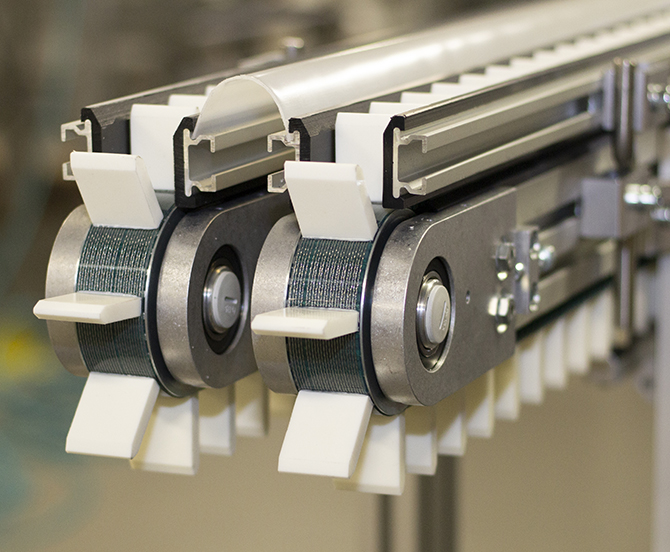
Stacy Johnson • Dorner: It’s important to recognize how conveyor design is being affected by the continuing trend of flexible assembly lines. When customer demands change and product cycles end, assembly lines must be flexible to accommodate different applications. Supporting conveyor systems need to be just as flexible.
In some cases, high-tech distributors and integrators execute some or most of the work related to customization and installation.
These teams sometimes assume the execution of control-design work for setups having coordinated motion tasks as well. This is increasingly common where SCARAs and other robotic arms service a conveyor.
Johnson: The role of conveyors within automation and robotic systems continues to expand. Robotic movements are precise and exact, and conveyors working with robotics need to operate to that same level of accuracy.
Robotic applications often require product to be in an exact location, in the exact position, and at the exact time on the conveyor. But to do that successfully requires a conveyor system that’s efficient, reliable, and engineered to work in conjunction with robotics. Not every conveyor can do that. But our servomotor-driven Precision Move conveyors can … delivering accurate alignment of time and distance that provides indexing repeatability of ±0.040 in. all at a rate of 100 indexes per minute. It’s important to select a conveyor supplier with knowledge, application insight, and the proven expertise in working with robotics.
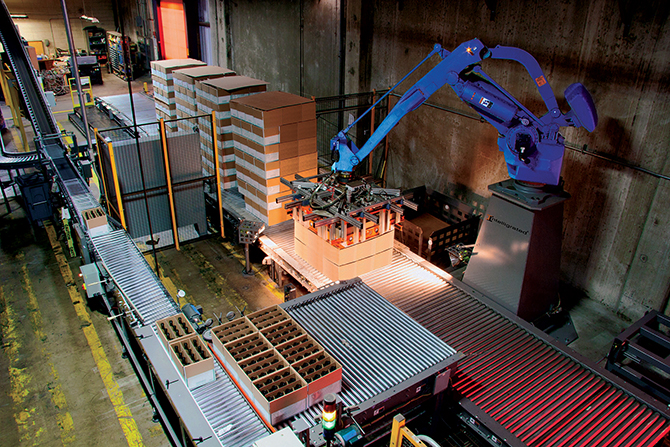
Pallet conveyors — not to be confused with heavy-duty pallet-handling conveyors in this context — are those that include trains of discrete carrier trays or platforms (pallets) to transport individual products or workpieces. Key benefits of pallet conveyors include the ability to space (buffer), route, and position products as operations around and sometimes on the conveyor demand it.
In some cases, the pallets include RFID tags to allow automation controls and IoT logistics systems to track their locations and the current state of the product or workpieces they’re carrying.
In addition, these pallet conveyors are usually reconfigurable to let plant managers use them for changing production lines.

Johnson: Pallet system conveyors have become a popular choice for many automation-focused applications that require exact movements and positioning of parts, as they can be setup or programmed to start and stop at specific intervals to sync up with robotic interaction or other processes. These types of conveyors dominate in automotive component manufacturing as well as other industries — including the production of medical devices, electrical components, and electronics as well as product testing and inspection that necessitate automated and manual assembly or handling of products.
Pallet system conveyors are available in multiple styles … including dual-belt configurations powered by common drives and flexible plastic-chain belt designs. Our innovative lifting modules can be used to interface with robots, rotate product 90° or 180° or change product orientation. Plant end users also employ pallet system conveyors for their accuracy. These operations need their product at an exact location … and the conveyors’ lift-and-location stations deliver repeatability of 0.002 in. Pallet systems are available in a variety of layouts to accommodate tight turns, heavy-load applications; and vertical transfer units.
Schaffner: Conveyors and their accessories — in particular pallets that carry product — must be flexible. The VersaMove pallet-handling conveyor line from mk North America is suitable for applications where change is expected. Pallets can easily reconfigure with new tooling to accept different parts. Stops, accessories, and even whole conveyors can be added to the line as the functionality of the line changes. In today’s conveyor marketplace, it’s a requirement to offer flexible conveyors that can easily be reconfigured on a moment’s notice.
Johnson: Modular conveyors are mobile and provide the flexibility to be moved to different production lines. When this occurs, the conveyor’s guiding, transfers, and other accessories may need adjustment. Well-designed platforms allow this to happen.
One such platform that brings flexibility to the forefront is retractable tail conveyors. This platform allows one end of the conveyor to shorten or lengthen, depending on where the plant operator wants the product. Some common uses for retracting tail conveyors include evenly distributing product across another conveyor; changing product orientation; and rejecting product for weight, foreign material, or other quality issues.

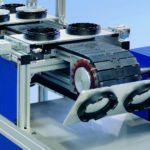
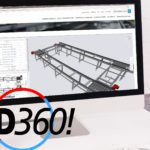


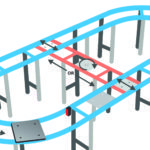

Leave a Reply
You must be logged in to post a comment.